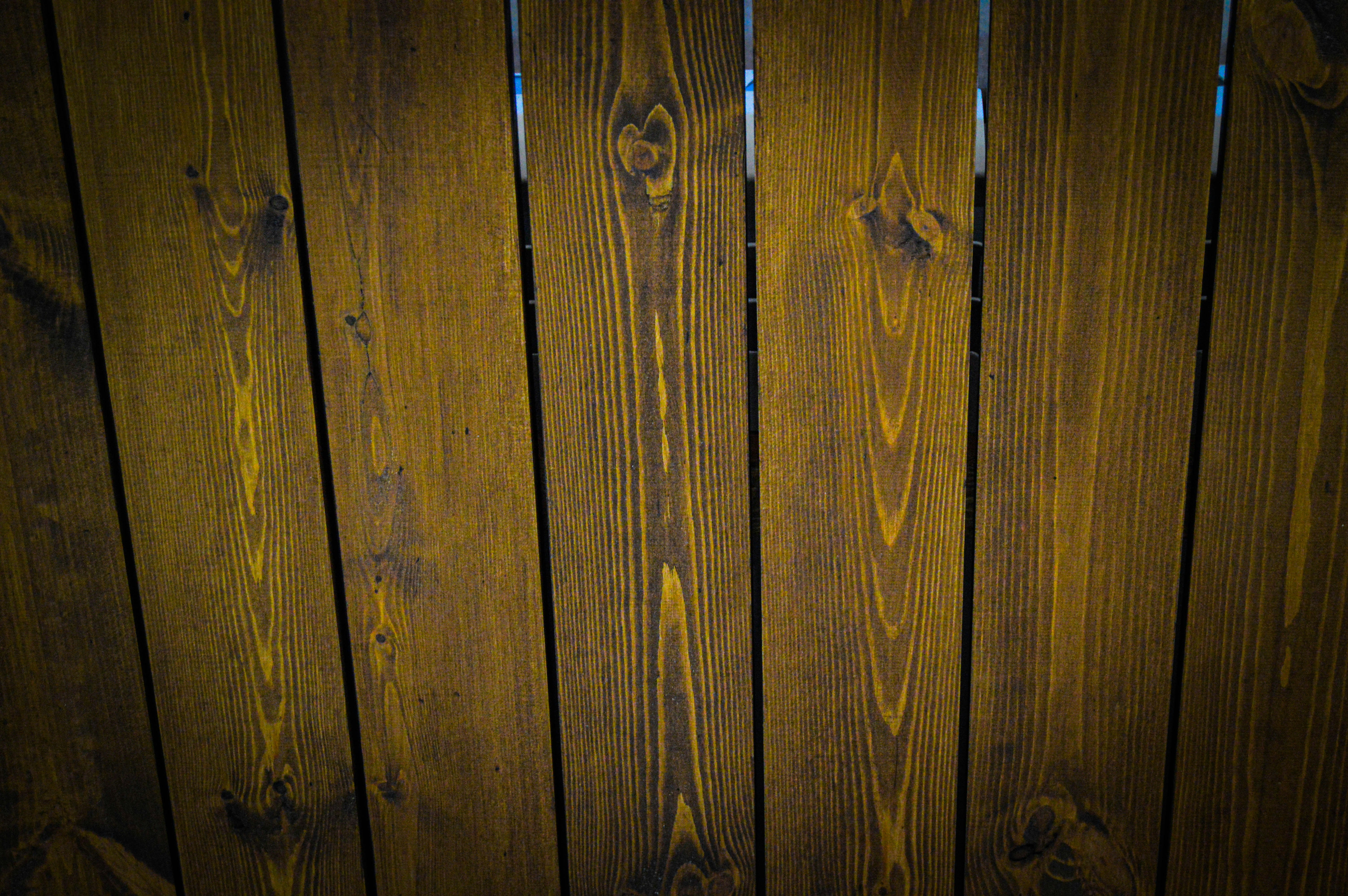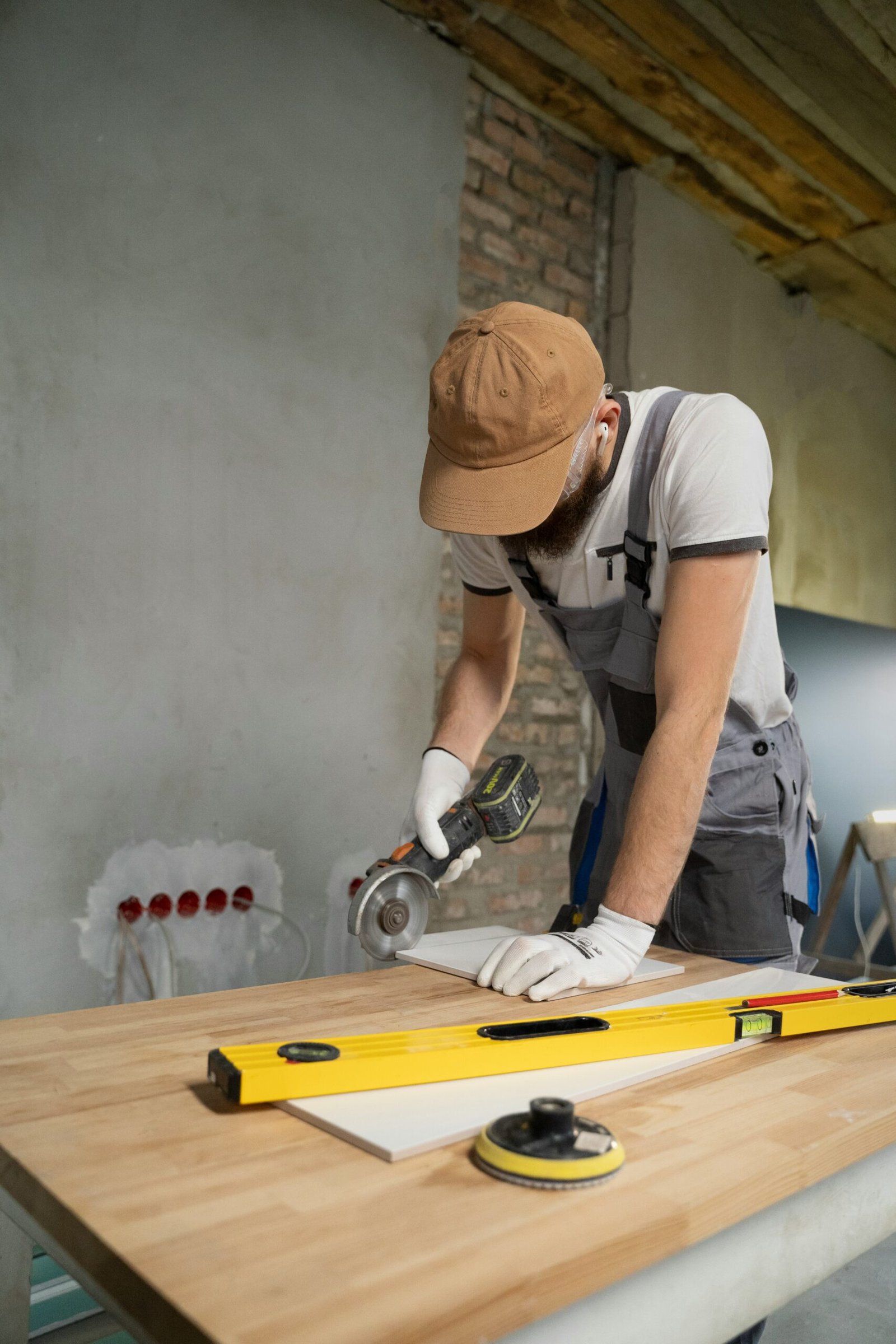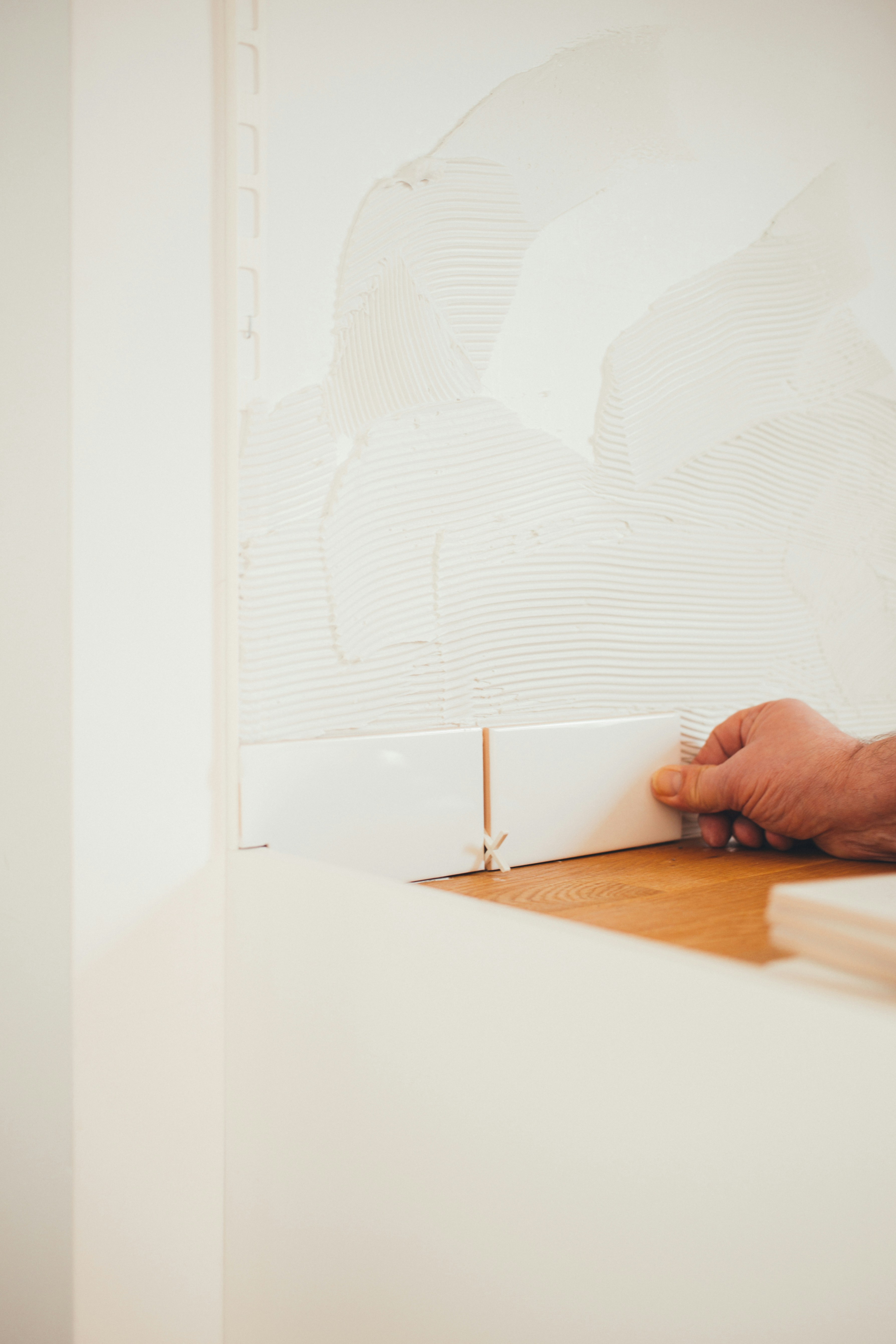Understanding Wood Stain Basics
Wood stain is an essential product used in woodworking and finishing projects, primarily designed to enhance the natural beauty of wood while providing protection. Understanding the fundamentals of wood stain involves a closer look at its composition, various types, and application methods. Each of these factors significantly contributes to the final appearance of stained wood.
The two most common types of wood stains are oil-based and water-based stains. Oil-based stains typically penetrate deeper into the wood, resulting in a richer color and potentially a more durable finish. They are known for longer drying times, which can be beneficial for those looking to achieve a more blended appearance with additional techniques like wiping or layering. Alternatively, water-based stains dry faster and are easier to clean up, making them an appealing choice for indoor projects. They also tend to retain the true color of the wood more effectively, as they do not alter its natural hues as dramatically as oil-based products can.
Gel stains represent another category, distinguished by their thicker consistency. They are excellent for providing even color distribution, especially on woods with variable grain patterns. Gel stains can also be advantageous when applied over previously finished surfaces or when attempting to cover blemishes, as they do not require extensive penetration.
Application methods also affect the final results. Techniques such as brushing, spraying, and wiping can yield varying effects, depending on the stain type and the desired finish. For instance, brushing may saturate the wood more, while wiping can achieve a softer effect. Choosing the right stain and application method is crucial for achieving the desired look for any woodworking project.
Influencing Factors: Wood Species and Preparation
When it comes to applying wood stains, the ensuing project may not resemble the sample card due to several influencing factors, with wood species and surface preparation being paramount. Different types of wood exhibit unique characteristics that significantly affect how they absorb stains. For instance, hardwoods like oak and maple tend to absorb stains differently than softwoods such as pine or fir. Oak, known for its open grain structure, can result in a darker, richer appearance when stained compared to tighter-grained woods, which may absorb color uniformly. Consequently, understanding the species of wood involved is crucial for anticipating the final appearance of the project.
In addition to the wood species, proper preparation plays a vital role in achieving a desirable finish. Preparing the wood surface through thorough sanding, cleaning, and pre-conditioning can greatly enhance how the stain interacts with the wood. Sanding the surface creates a smooth, even finish, which helps the stain apply more uniformly. Different grits of sandpaper should be used for various stages of preparation, starting with a coarser grit for leveling out imperfections and finishing with a finer grit to close the wood pores.
Furthermore, cleaning the wood before staining is indispensable; any dust, grease, or contaminants can hinder the absorption of the stain, resulting in an uneven finish. The process of pre-conditioning, especially for softwoods, helps to create a barrier that allows stains to absorb more evenly across the surface, minimizing blots and streaks that may detract from the overall appearance. Ultimately, recognizing the influence of wood species and adhering to thorough preparation methodologies can bridge the gap between expectation and reality, leading to beautiful and consistent results aligned more closely with the sample card.
Environmental Conditions: The Role of Temperature and Humidity
When applying wood stains, it is crucial to consider environmental conditions, particularly temperature and humidity, as they significantly influence the application and drying processes of the stain. Both of these factors play a crucial role in achieving a uniform finish that aligns with the sample card provided. Temperature can affect how the stain penetrates the wood, while humidity influences the drying time and overall appearance of the final product.
In ideal conditions, the temperature should generally be between 50°F (10°C) and 90°F (32°C) when applying wood stains. Stain formulations often perform best within this temperature range, allowing for optimal adhesion and absorption. When temperatures are too low, the wood’s natural pores may close, preventing proper stain penetration. Conversely, excessive heat can cause the stain to dry too quickly, resulting in blotchiness and an uneven color application.
Humidity levels also play a critical role in the staining process. Wood naturally absorbs moisture from the air, and high humidity can lead to the wood becoming excessively damp. This condition can result in a longer drying time, which may encourage dust and other contaminants to settle on the stain before it has set properly. On the other hand, very low humidity can lead to rapid evaporation of the solvent in the stain, potentially creating a finish that dries too quickly and does not allow for even application.
To create the best staining environment, aim for a stable indoor climate, ideally with humidity levels between 40% and 60%. Utilizing dehumidifiers or air conditioning in overly moist environments can significantly enhance the application process. Conversely, using a humidifier in extremely dry conditions can help maintain the optimal moisture content in both the wood and the resulting stain, ensuring that the finished project appears as intended when compared to the sample card.
Finishing Touches: Topcoats and Light Effects
When it comes to achieving the desired appearance in wood staining projects, the application of topcoats plays a pivotal role. Various types of finishes, such as polyurethane, varnish, and wax, can significantly alter not only the color but also the sheen of the stained wood. Polyurethane provides a durable, high-gloss finish that can intensify the hue of the stain, making the wood appear richer and more vibrant. However, the level of glossiness will depend on whether a satin, semi-gloss, or gloss variant is chosen, as each option has a differing effect on the final look.
Varnish is another popular finish that offers a protective layer while enhancing the wood’s grain. Unlike polyurethane, varnish tends to provide a more natural appearance, allowing the stained wood’s character to shine through. However, it may not be as resistant to wear and tear, which is a consideration depending on the intended use of the wood surface. Wax finishes, while offering a soft sheen, often provide less durability than the aforementioned options. They are more suitable for low-traffic items, where aesthetics takes precedence over robust protection.
Furthermore, it is crucial to consider the lighting conditions under which the stained wood will be viewed. Different light sources can dramatically change the appearance of wood stains. Natural light often reveals the true color and depth of the stain, while incandescent or fluorescent lighting can either warm or cool the tones. This variability is why it is advisable to test a stained sample in the intended environment before committing to a finish. By understanding these factors, woodworkers can better match their final project to the sample cards and ensure a pleasing aesthetic outcome.
If you’re interested in purchasing the item you seek, please click the link for additional details: #americanachoice.
https://amzn.to/3SBN3Oy
AFFILIATE DISCLOSURE: I am an affiliate for this company, I am not a paid employee.
I may receive a commission if you click a link on this page and choose to purchase something.
You can rest assured I will only share things I believe in and will be valuable to you.



